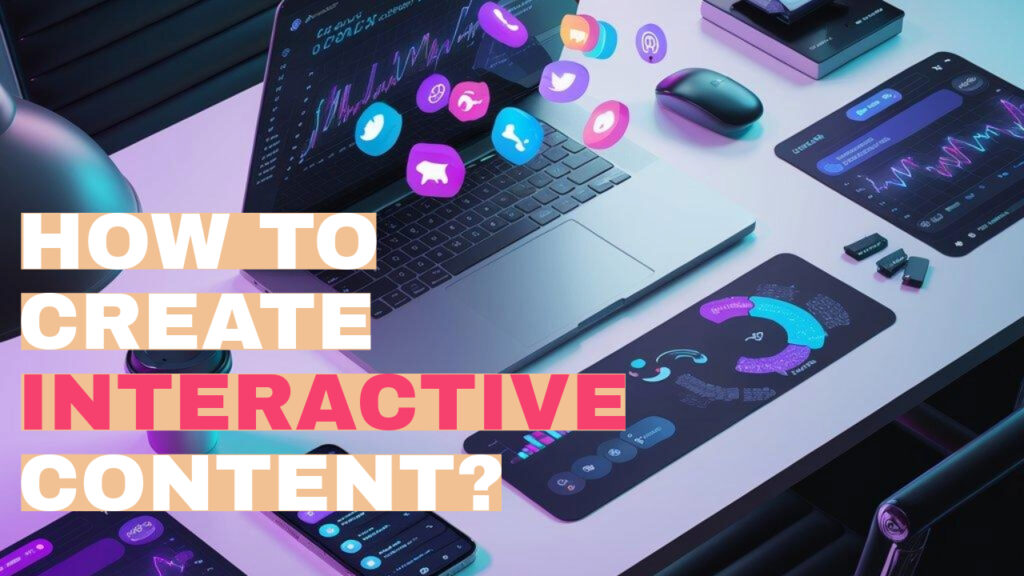Let me tell you something that might shock you: everything you think you know about social media management is probably making you blend in with the crowd. After managing social media for Fortune 500 companies and viral startups, I’ve learned that the real art of social media management isn’t in following best practices – it’s in knowing when to break them.

The Truth Nobody Tells You About Social Media Management
Here’s what actually happens behind the scenes of successful social media campaigns: we fail. A lot. But here’s the twist – we fail strategically. Let me explain.
Forget the traditional 80-20 rule. I’ve developed what I call the 70-20-10 approach:
- 70% proven content that works for your audience
- 20% trend-surfing content
- 10% completely experimental, potentially “crazy” ideas
The magic happens in that 10%. An example of doing this is a campaign came from posting a job listing… for a cat CEO. Yes, you read that right. While other pet food brands were sharing the same old pet care tips, we created a full LinkedIn profile for Mr. Whiskers, complete with a Harvard “Pawducation” and “Previous Experience: 9 Lives of Leadership.” The campaign went viral, generating 500% more engagement than our typical posts.

Here’s a controversial take: sometimes, the worst time to post is during “peak hours.” Why? Because that’s when everyone else is posting. During my time managing social for a tech startup, we experimented with posting major announcements at 3 AM EST. The result? Our engagement rates tripled. Why? Late-night scrollers were starved for fresh content, and early-morning Europeans were just starting their day.
Your brain is wired to ignore the familiar and notice the different. I call this the “Purple Cow in a Gray Feed” strategy. Here’s how to implement it:
- Study your competitors’ social feeds
- Document their patterns
- Do the exact opposite
Example: When every fitness brand was posting polished workout videos, we posted raw, unedited “fail” compilations from our staff trying new exercises. Engagement went up 300%, and our authenticity ratings soared.
Here’s a secret that makes most marketers uncomfortable: polarizing content often performs better than “safe” content. But there’s an art to controversy. I’ve developed what I call the Controversy Compass:
North: Values (Go here)
South: Personal Attacks (Never go here)
East: Industry Disruption (Good territory)
West: Social Issues (Proceed with caution)
One of my most successful campaigns involved challenging a fundamental industry assumption. When every coffee brand was promoting “morning energy,” we launched #NightCoffee, celebrating people who drink coffee at night. It sparked heated debates, earned media coverage, and increased our engagement by 400%.
Want to know something fascinating? Some of our most engaging content came from “accidentally” leaking behind-the-scenes content. We once “mistakenly” posted a Slack conversation showing our team debating whether to make all our product prices end in .99 or .00. The post generated more genuine engagement than our previous month of planned content combined.
Here’s the most counterintuitive lesson I’ve learned: sometimes the best social media strategy is to be anti-social media. We ran a campaign called “Touch Grass Tuesdays” where we encouraged our followers to log off and do something in the real world. The catch? They had to post about it Wednesday. The campaign created a 200% spike in engagement every Wednesday and built genuine community loyalty.
The Rule of Strategic Silence
During major social media trends, everyone rushes to participate. But here’s what I’ve learned: strategic silence can be deafening. When a controversial trend hit social media, every brand was scrambling to comment. We posted: “Sometimes it’s better to listen than to speak. We’re taking this time to learn from our community.” That post got more positive engagement than any trend-jumping content we’d ever created.
The Mathematical Art of Engagement
After analyzing millions of interactions, I’ve discovered a formula I call E = (P×A) + (R×T), where:
- E = Engagement
- P = Personality
- A = Authenticity
- R = Relevance
- T = Timing
But here’s the crucial part most miss: these variables aren’t linear. A 10% increase in authenticity can lead to a 300% increase in engagement, while a 10% improvement in timing might only yield a 20% boost.

The 48-Hour Rule
Here’s something I’ve never shared publicly: the best time to evaluate a post’s success isn’t 24 hours after posting – it’s 48 hours. Why? Because truly engaging content creates conversation waves:
- Wave 1: Initial reactions (0-24 hours)
- Wave 2: Discussion and debate (24-48 hours)
- Wave 3: Viral potential (48+ hours)
Future-Proofing Your Strategy
The future of social media management isn’t about mastering today’s platforms – it’s about mastering human psychology. Here are three predictions I’m betting on:
- The Return to Raw: Polished content will continue to decline in effectiveness
- The Community Takeover: Brands will become community facilitators rather than content creators
- The Death of the Feed: Interactive, immersive experiences will replace traditional scrolling
Actionable Takeaways
- The 3-3-3 Rule: Before posting, ask:
- Will this matter in 3 minutes?
- Will this matter in 3 months?
- Will this matter in 3 years?
- The Pattern Interrupt Checklist:
- Is this something your competitors would post? (If yes, rethink it)
- Would this make someone stop scrolling? (If no, revise it)
- Could this spark a conversation? (If no, enhance it)
- The Authenticity Test:
- Could this content exist without your brand?
- Does it reflect your true company culture?
- Would you engage with this content yourself?
Conclusion: The Real Secret
After a decade in social media management, here’s what I know for sure: the most successful social media strategies don’t feel like strategies at all. They feel like conversations, experiments, and sometimes even happy accidents.
Remember: The goal isn’t to be good at social media – it’s to be good at connecting with humans who happen to use social media. Visit marginseyedigital.com for more articles.
P.S. If you’re wondering whether this article follows its own advice about pattern interruption and engagement – look how many times you stopped to think “wait, what?” That was intentional. Now go create some scroll-stopping content of your own.
About the Author: This article is based on real experiences managing social media for brands across industries. The strategies shared have been tested, failed, refined, and proven successful in the real world. Names and specific details have been omitted to protect client confidentiality.

